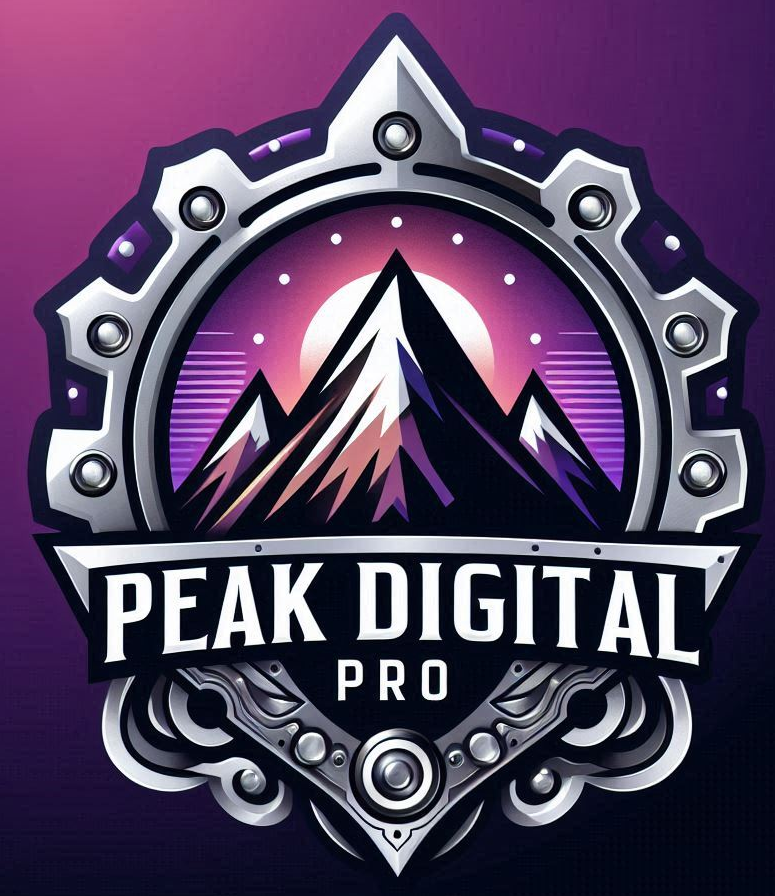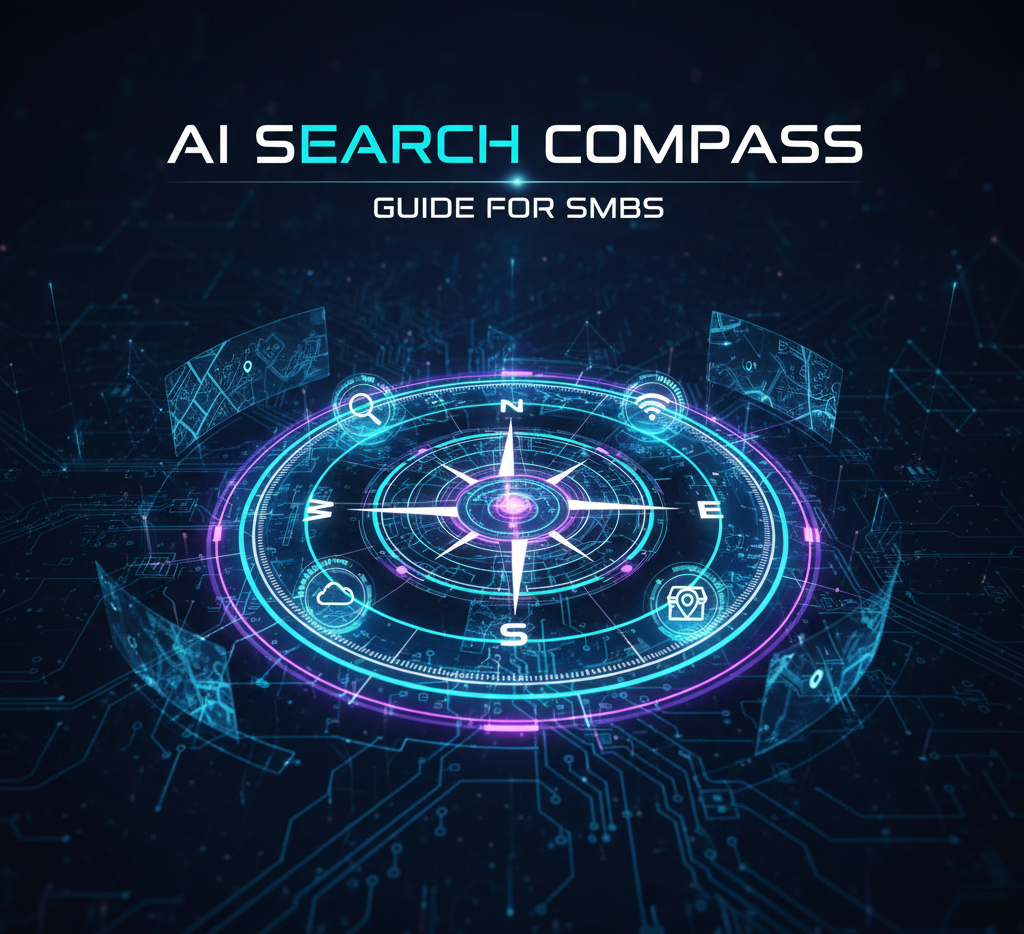Understanding Dynamic Website Content for Businesses
Dynamic website content is changing the way people experience the internet. Instead of everyone seeing the same old static page, visitors get information tailored just for them in real time. Here is the surprise— websites using personalized experiences can increase conversion rates by up to 25 percent . Most people think this level of customization is only for huge tech companies with massive budgets. The real shock is that dynamic content is available to businesses of every size, delivering a smarter and more engaging experience for any audience.
Table of Contents
- What Is Dynamic Website Content And How Does It Differ From Static Content?
- Why Dynamic Website Content Is Important For Business Growth?
- How Dynamic Website Content Enhances User Experience And Engagement
- Key Technologies And Techniques Behind Dynamic Website Content
- Real-World Applications And Case Studies Of Dynamic Website Content
Quick Summary
| Takeaway | Explanation |
|---|---|
| Dynamic content personalizes user experiences | It adapts based on user behavior and preferences, enhancing engagement. |
| Real-time updates drive higher conversions | Instant data adjustments lead to improved conversion rates by providing relevant information. |
| Personalization increases customer satisfaction | Tailored content fosters stronger relationships and loyalty among users. |
| Dynamic content enhances competitive advantage | Adapting marketing strategies in real-time generates significantly higher revenue. |
| Employ advanced technologies for effectiveness | Utilizing server-side scripting and client-side rendering enables smoother, responsive interactions. |
What is Dynamic Website Content and How Does it Differ from Static Content?
Dynamic website content represents a sophisticated approach to web design and user interaction that allows websites to display personalized, real-time information tailored to individual user preferences, behaviors, and contexts. Unlike static web pages that remain unchanged regardless of user interaction, dynamic content adapts and transforms instantaneously based on specific triggers, data inputs, and user characteristics.
Understanding the Core Mechanics of Dynamic Content
At its fundamental level, dynamic website content operates through complex backend systems that generate and modify web page elements in real-time. These systems leverage databases, server-side scripting languages, and sophisticated algorithms to retrieve, process, and display information dynamically. By integrating technologies like JavaScript, PHP, and database management systems, websites can create highly personalized user experiences that respond immediately to user actions.
Key characteristics of dynamic website content include:
- Personalized user experiences based on individual browsing history
- Real-time data updates without manual page refreshes
- Contextual content recommendations
- Interactive elements that change based on user interactions
Practical Applications and Business Benefits
Businesses across various industries can leverage dynamic content to significantly enhance user engagement and conversion rates. For example, an e-commerce platform might display product recommendations based on a user’s previous browsing history, while a news website could show location-specific articles tailored to the reader’s geographic region. According to Forrester Research , personalized web experiences can increase conversion rates by up to 25% and improve customer satisfaction metrics.
The transformative power of dynamic website content lies in its ability to create more relevant, engaging, and responsive digital experiences that adapt to user needs in real-time. By moving beyond static, one-size-fits-all web pages, businesses can create more meaningful connections with their online audiences and drive more effective digital interactions.
To highlight their differences and clarify website form, the following table compares static and dynamic website content across key attributes.
| Attribute | Static Content | Dynamic Content |
|---|---|---|
| Personalization | Same for all users | Tailored to individual users |
| Content Updates | Manual and infrequent | Automatic and real-time |
| User Interaction | Limited or none | Highly interactive |
| Technology Requirements | Basic HTML/CSS | Server-side and client-side programming |
| Adaptability | Cannot adapt to user behavior | Adapts based on user preferences and actions |
| Performance | Fast load times, limited scalability | May require optimization, highly scalable |
| Typical Use Case | Brochure websites, basic portfolios | E-commerce, news sites, user dashboards |
Read more about advanced content marketing strategies that complement dynamic website approaches and help businesses stay competitive in an increasingly personalized digital landscape.
Why Dynamic Website Content is Important for Business Growth?
Dynamic website content has emerged as a critical strategy for businesses seeking sustainable growth in an increasingly competitive digital landscape. By transforming static web experiences into interactive, personalized journeys, companies can significantly enhance user engagement, build stronger customer relationships, and drive meaningful business outcomes.
Enhancing User Experience and Engagement
The primary advantage of dynamic website content lies in its ability to create highly personalized user experiences. Modern consumers expect tailored interactions that reflect their unique preferences, browsing history, and specific needs. By implementing sophisticated content adaptation mechanisms, businesses can deliver precisely targeted information that resonates with individual users, thereby increasing the likelihood of conversion and customer retention.
Critical benefits of dynamic content for business growth include:
- Increased user engagement through personalized experiences
- Higher conversion rates by presenting relevant product recommendations
- Improved customer satisfaction and brand loyalty
- Enhanced data collection for strategic decision making
Competitive Advantage in Digital Marketing
Businesses that leverage dynamic content gain a significant competitive edge in digital marketing. According to McKinsey Research , companies that effectively personalize their digital experiences can generate 40% more revenue compared to their less adaptive competitors. This approach allows businesses to create more nuanced, responsive marketing strategies that adapt in real-time to user behaviors and market trends.
Explore strategies for enhancing your online business presence and understand how dynamic content can transform your digital marketing approach. By embracing these innovative techniques, businesses can create more meaningful connections with their target audiences and establish a robust digital foundation for sustainable growth.

How Dynamic Website Content Enhances User Experience and Engagement
Dynamic website content transforms digital interactions from passive browsing experiences into personalized, interactive journeys that actively respond to individual user needs and preferences. By intelligently adapting content in real-time, businesses can create more meaningful and engaging online experiences that significantly improve user satisfaction and retention.
Personalization and Contextual Relevance
The core strength of dynamic website content lies in its ability to deliver hyper-personalized experiences . Modern web technologies enable websites to analyze user behavior, demographic information, and historical interaction data to generate content that feels uniquely tailored to each visitor. This approach goes beyond simple name insertions, creating comprehensive user experiences that anticipate and address specific user needs and interests.
Key mechanisms of dynamic content personalization include:
- Real-time content recommendation engines
- Behavioral tracking and predictive algorithms
- Contextual content adaptation based on user location
- Personalized user interface modifications
Interactive and Responsive User Interfaces
Dynamic content fundamentally changes how users interact with websites by introducing responsive elements that update without requiring manual page reloads. According to Nielsen Norman Group research , websites with adaptive interfaces can increase user engagement by up to 45% by providing more intuitive and immediate interactions. These interfaces can dynamically adjust navigation menus, suggest relevant products, and present personalized information based on ongoing user interactions.

Learn more about advanced website user experience strategies and discover how intelligent content adaptation can transform your digital presence. By embracing dynamic content technologies, businesses can create more compelling, responsive, and user-centric online experiences that drive meaningful engagement and long-term customer loyalty.
Key Technologies and Techniques Behind Dynamic Website Content
Dynamic website content relies on a sophisticated ecosystem of technologies and programming techniques that enable real-time data retrieval, processing, and presentation. These advanced systems work seamlessly to transform static web experiences into interactive, personalized digital environments that respond intelligently to user interactions.
Server-Side Programming and Database Integration
The foundation of dynamic website content lies in server-side programming languages and robust database management systems. Technologies like PHP, Python, Ruby, and Node.js enable websites to generate content dynamically by querying databases, processing user inputs, and constructing personalized web pages in milliseconds. These server-side technologies communicate with database management systems such as MySQL, PostgreSQL, and MongoDB to retrieve and manipulate data instantly.
Critical server-side technologies for dynamic content include:
- Server-side scripting languages (PHP, Python, Ruby)
- Relational and non-relational database management systems
- Application programming interfaces (APIs)
- Microservices architecture
Client-Side Rendering and Interactive Technologies
Client-side technologies like JavaScript frameworks play a crucial role in creating responsive and interactive web experiences. Frameworks such as React, Angular, and Vue.js enable websites to update content dynamically without requiring full page reloads. According to Mozilla Developer Network , these technologies leverage asynchronous programming techniques to create smooth, instantaneous user interactions that feel more like native applications.
Explore advanced website design principles to understand how cutting-edge technologies transform digital experiences. By integrating these sophisticated programming techniques, businesses can create web platforms that are not just informative, but truly responsive and engaging.
This table summarizes essential server-side and client-side technologies powering dynamic website content to clarify their distinct roles and contributions.
| Technology Type | Examples | Core Role in Dynamic Content |
|---|---|---|
| Server-Side | PHP, Python, Ruby, Node.js | Generates custom content, processes user data |
| Database Systems | MySQL, PostgreSQL, MongoDB | Stores and retrieves user and content data |
| APIs | REST APIs, GraphQL | Enables data exchange between systems |
| Microservices | Independent backend services | Supports modular, scalable feature integration |
| Client-Side | JavaScript, React, Angular, Vue.js | Provides interactivity, updates UI without reloads |
Real-World Applications and Case Studies of Dynamic Website Content
Dynamic website content transcends theoretical concepts, delivering tangible business transformations across diverse industries. By implementing sophisticated personalization strategies, organizations can create more engaging, responsive digital experiences that directly impact user interaction, conversion rates, and overall business performance.
E-Commerce and Retail Transformation
Personalized shopping experiences represent a prime example of dynamic content application. Online retailers like Amazon utilize advanced recommendation engines that analyze user browsing history, purchase patterns, and demographic data to generate highly targeted product suggestions . These intelligent systems dynamically adjust product displays, pricing, and promotional content in real-time, creating individualized shopping journeys that significantly enhance customer engagement and sales potential.
Key dynamic content strategies in e-commerce include:
- Real-time inventory updates
- Personalized product recommendations
- Dynamic pricing adjustments
- Contextual promotional content
Healthcare and Service Industry Applications
Healthcare providers and service-based businesses are increasingly leveraging dynamic content to improve patient and client experiences. Telemedicine platforms, for instance, use dynamic interfaces that adapt based on user credentials, medical history, and specific healthcare needs. According to Gartner Research , organizations implementing dynamic content strategies can improve patient engagement by up to 35% and streamline complex service delivery processes.
Discover advanced content marketing strategies that can help your business implement cutting-edge dynamic content techniques. By understanding and applying these innovative approaches, businesses can create more responsive, personalized digital experiences that drive meaningful user engagement and sustainable growth.
Transform Your Business With Dynamic Content That Shines in AI Search
Your business has learned how powerful dynamic website content can be. Now the real challenge starts. How do you make sure your personalized, interactive website stands out when AI-driven search is changing the rules? With traditional SEO losing ground, countless companies feel invisible in AI Overviews or ChatGPT responses. Competition is rising fast, especially in industries where every qualified lead counts.

If you want your dynamic content to get chosen as the answer for AI-powered searchers, now is the time to act. Peak Digital Pro uses proven AEO and GEO strategies to help your business turn advanced personalization into real-world visibility. Explore how our growth-focused approach can connect your dynamic content with the audiences you need. Visit our website or learn about content marketing strategies that boost AI visibility and website user experience techniques designed for the new era of search. Start protecting your advantage while your competitors are still catching up.
Frequently Asked Questions
What is dynamic website content?
Dynamic website content is personalized, real-time information displayed on websites based on individual user preferences, behaviors, and contexts. It adapts and changes instantly according to specific triggers and data inputs, unlike static content that remains unchanged.
How does dynamic content improve user experience?
Dynamic content enhances user experience by delivering hyper-personalized interactions. It anticipates user needs and preferences, showcasing relevant information, products, and recommendations based on user behavior and historical data, which drives higher engagement and satisfaction.
What technologies are used in dynamic website content?
Dynamic website content relies on server-side programming languages (like PHP, Python, and Ruby), database management systems (such as MySQL), and client-side technologies (including JavaScript frameworks like React and Angular) to create interactive and responsive web experiences.
How can businesses benefit from using dynamic website content?
Businesses can enhance user engagement, boost conversion rates, and improve customer satisfaction by utilizing dynamic content. It enables personalized experiences that cater to individual user preferences, which can lead to stronger customer relationships and increased revenue.







